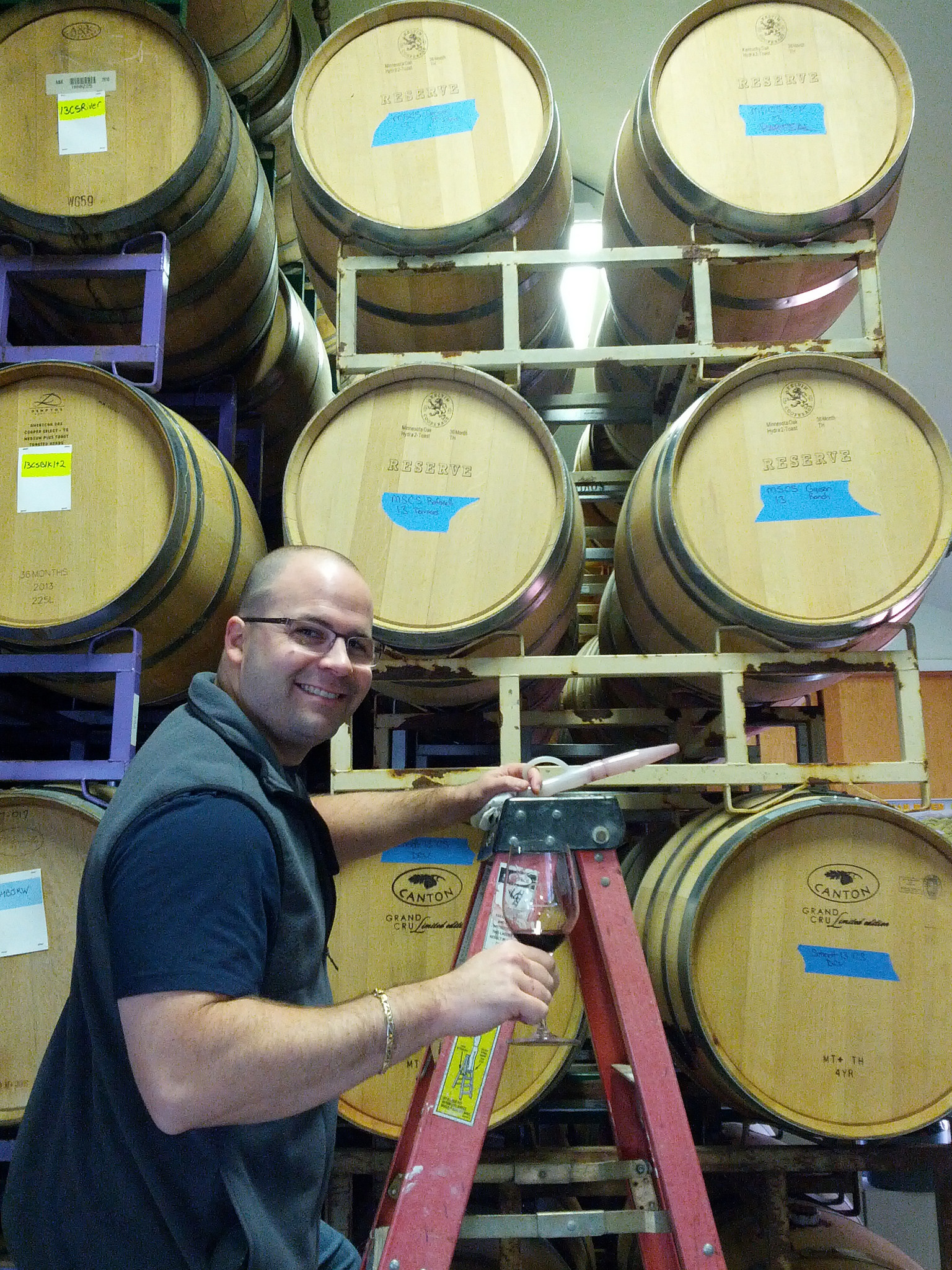American Oak is not the boogeyman!
I've been fortunate enough to hear Ridge winemaker Eric Baugher speak at Fresno State a couple times. Yes, we get to try his wines from the estate property in the Santa Cruz mountains and the Lytton Springs wines as well, but just hearing the stories and his insights are invaluable moments not just for the students, but for me as well.
One thing that I've focused on during his presentations is the use of American oak on Ridge wines. It's a methodical examination of American oak on Ridge wines over decades. Not anecdotes of American oak usage, but example after example of the how and why of American oak.
Too many American winemakers simply dismiss American oak as an inferior product, or are bemused by American oak as they speak of some deep forest in France they've never visited. Sadly, consumers buy into the simple notion that there is nothing beyond aging American wine in French oak.
Currently, I use a mix of American, French and Hungarian oak for aging my red wines. A majority of the oak I use is American. The American oak comes from various forests in Minnesota, Kentucky, Missouri, and Pennsylvania. The oak from these forests can be cured/aged between two and four years before final toasting and assembly into wine barrels. Toasting is another factor in the flavor profile of wine, as the toasting length, depth and methodology is different at each cooperage and can be specified by the client (me).
John Scheidt barrel tasting
I'm always learning more about the barrels I use and the coopers I choose for my wines. Even the ritual steam cleaning technique that I use on my barrels effects longevity, malolactic fermentation, and flavor profile.
Various combinations of forest, grain, machine or hand-cut wood, cooperage, toasting level, age of oak, head and stave combinations, type of varietal and length of time in barrel all effect a winemaker's decision process. Nothing is static. The days of a lower-quality homogeneous coconut-vanilla pronounced American oak are behind many American winemakers who have chosen to demand better and by working with American cooperages to develop world-class American barrels for our best wines.



